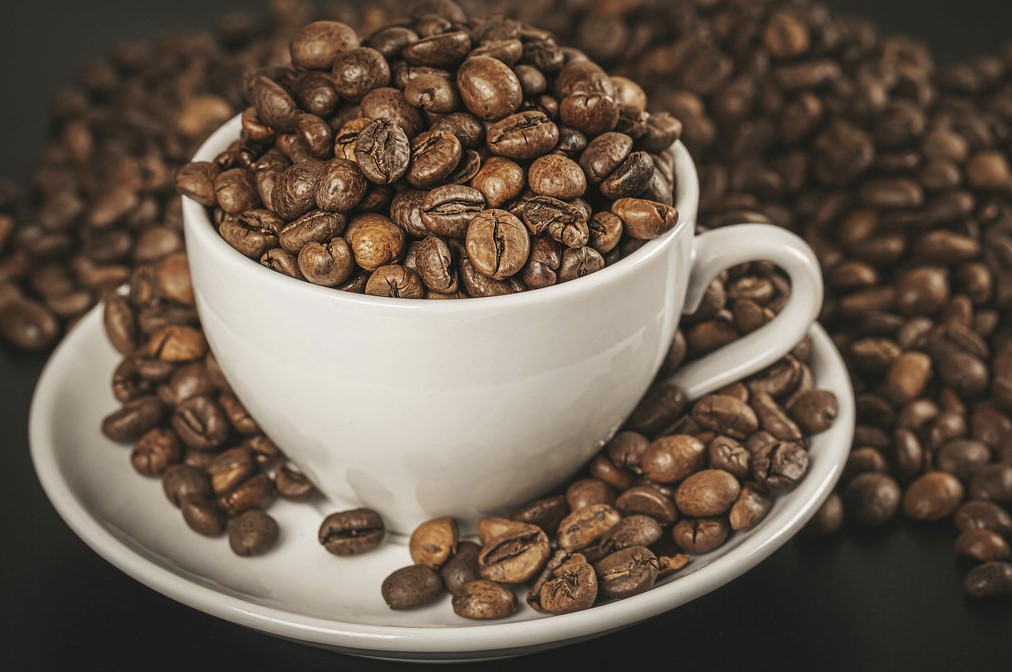Liberica coffee is the rarest species of drinkable coffee in the world.
The only two countries where it is commonly drunk are The Philippines and Malaysia.
Due to its relative scarcity, Liberica coffee has become a source of curiosity among coffee geeks.
We have interviewed two coffee aficionados who have lived most of their lives in the Philippines to talk about Liberica coffee, how it tastes, and its legacy in its country of origin.
Let’s see what they have to say.
Hey guys, to start with, what do you call this type of coffee in The Philippines?
“We call this coffee “Kapeng Barako”.
The literal translation of this to English is:
Kape = Coffee
Barako = Strong man
This name is due both to its strong flavour and the fact that the plants that it grows on are huge compared to other types of coffee.”
Is Kapeng Barako sold as its own “thing” or is it just sold as “coffee”?
“It’s always sold as its own thing. It’s never marked as just coffee.
Kape Barako only comes from two specific regions a few hours south from Manila called Batangas and Cavite.
Because of this the coffee is sometimes labelled as “Batangas coffee”. People here often think it is only made in Batangas, but it's grown in Cavite as well (I wanted to give that a shout out because that’s where I grew up).”
How popular is it in the Philippines?
“It is still easy to find in supermarkets here, but it is not as popular as it was back in the 90s.
The decline in its popularity is due to a few reasons.
Firstly, it's quite hard to grow. Farmers in the region realised they could make more money growing other stuff, or just by selling their land entirely. This pushed up prices so it became less popular.
Secondly in the late 2000s Starbucks came here. This caused the popularity of locally grown quality to decrease in general as people wanted this shiny, new imported brand (despite how expensive it is in comparison).
There's also an active volcano in the heart of the coffee growing region called the Taal Volcano. This volcano has been erupting regularly since 2020 and has caused a lot of uncertainty among farmers in that region.
Batangas chocolate has also grown in popularity, especially among tourists, so that has also eaten into the market a bit.
Despite this decline, it is still a popular type of coffee here, especially among older people.”
What is the flavour of Kape Barako like compared to other types of coffee?
“Very strong! 90s kids would tell you that only their fathers would be the only ones able to stomach it.
Because I was very young when I first tasted it, it gave me some sort of ‘trauma’ with coffee and thought that every coffee tastes only very bitter and nothing else. Bitter water, that’s it!
But now, as an adult, I realise, the taste is somewhat close to Cambodian and Vietnamese coffee.
Both are very strong, but when you put sweetened condensed milk and lots of ice, you’d tame it down sooo much that it actually tastes very very good!”
Is Kape Barako brewed in a different way to regular coffee? Do you usually drink it with milk and/or sugar?
“We normally just use the pour over method. But I reckon it's good to use French Press as well.
People prefer to drink it on its own [black]. My father did anyway!
But like I said, it would be good to add condensed milk and bunch of ice and make it like a Cà Phê Sữa Đá.
Are there any legends, customs or mythology associated with Kape Barako (healing qualities, or ways that it should be drunk etc)?
“Honestly, I’m surprised that I don’t know of any!
I’m sure there is (with all the myths and legends that we have all over our country!), but maybe only local people from Batangas would know, if there really is.”
Many thanks to Kris Atienza and Janine Orevillo-Atienza for supplying me with answers to these questions.
This blog was written by Oli from Drinky Coffee. For great coffee machine reviews and more check them out! A big thanks to Oli:)

